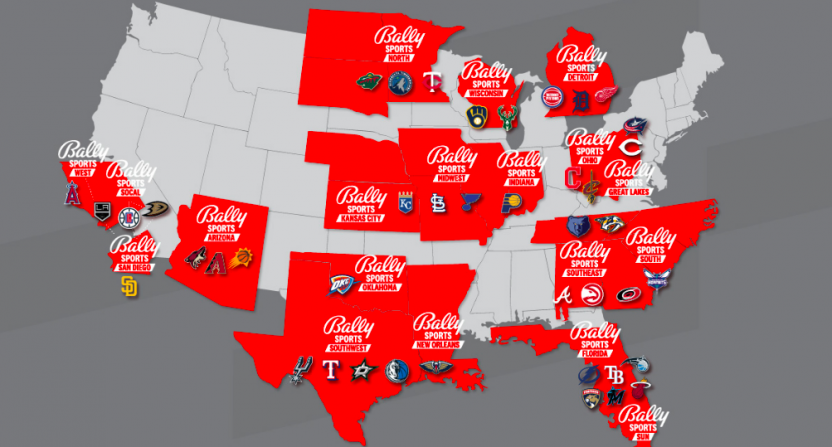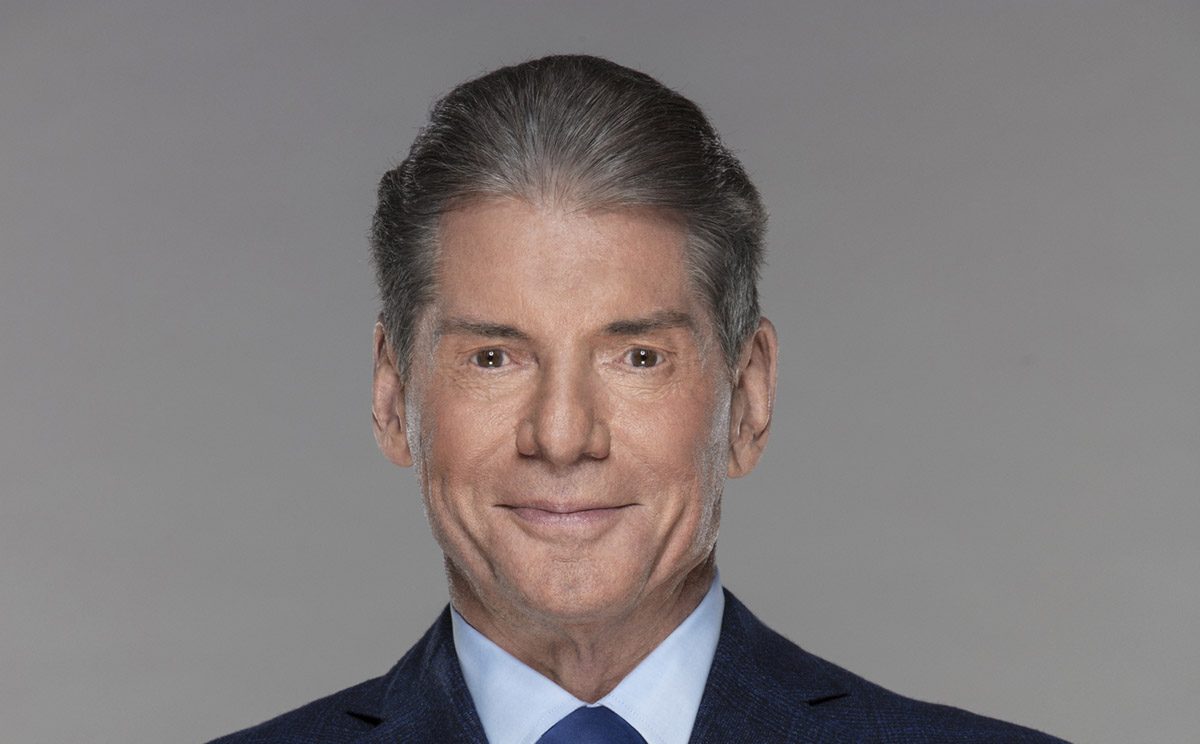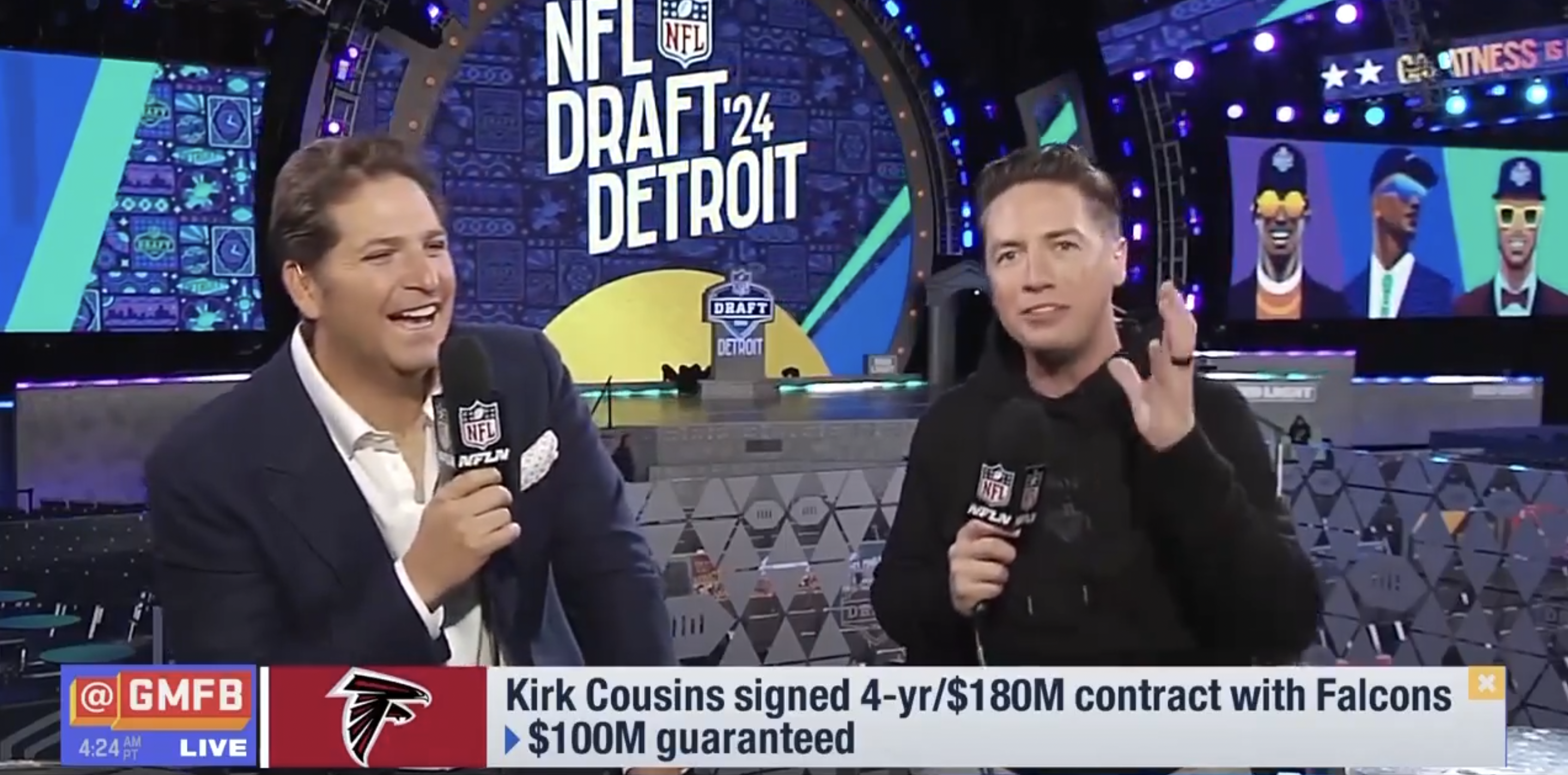This week, Sinclair revealed some details about its new direct-to-consumer streaming service, cleverly called Bally Sports+. The service, soft launching this quarter in five markets, will cost $19.99 per month or $189.99 per year, which CEO Chris Ripley described as “an attractive price point.”
I have several conflicting thoughts about the service, its launch, and its pricing.
First, there’s the fact that it’s necessary. Over the last three years, RSNs have been a popular target for carriers and streamers to drop. The Bally Sports RSNs can no longer be found on Dish, Sling, Hulu, YouTube TV, and fuboTV. It’s becoming more difficult to watch live local sports, even with a cable or satellite subscription. Fans in-market not being able to watch their local teams isn’t good for anyone, from the fans to the RSNs to the teams to the leagues. Something had to be done to close that gap, and a DTC service fits the bill.
However, while it’s the ideal solution, Sinclair’s path to short and long-term success isn’t paved with gold.
The pricing I mentioned earlier is aggressive. 60% of the respondents in this very scientific Twitter poll said “definitely not” to subscribing at the $20/month level to watch their local team.
Would you pay $20/month to watch your local teams? (assuming Sinclair has their digital rights)
— Awful Announcing (@awfulannouncing) May 4, 2022
That number admittedly doesn’t tell us much. “FishFan469” isn’t going to pay Sinclair to watch their local team. Alright, whatever.
But there is probably a decent chunk of people who will immediately be turned off by that price point, already wary of the fees they’re paying other streaming services. Dishing out another $20 is a non-starter, even if this service offers live local sports – something you can only get in select markets on select streamers (various Yankees games on Prime Video, for example).
From a different financial perspective, the Sinclair DTC platform can save cord-cutters money. To give a personal example, my household dumped our traditional cable and internet bundle a year ago, which cost $260/month. As a replacement, we went with Google Fiber internet ($100/month) and Hulu Live ($75/month). Even if we added a $20/month Bally Sports+ package, we’d still be paying 25% less than we were with the bundle. The same situation could be true for many households: dump the bundle, get internet through another provider, subscribe to a streamer for live TV, add in a Bally subscription, and you’re still coming out ahead.
Everyone will not be in this situation: some won’t have options for internet providers and will get gouged if they try to dump the bundle. Others probably didn’t have as exorbitant of a bill as we did, and won’t be saving as much money ditching the bundle. Hell, some people won’t even want to reinvest their savings into streaming.
I’m also curious about the level of churn that Bally Sports+ will face, and if the annual fee isn’t a significant enough discount. If you only care about one team in your local market, a year-long subscription is a non-starter, given that the MLB, NBA, and NHL seasons last roughly six months. Why pay $190 all at once when you can pay $100 or $120 spread over five or six months?
That doesn’t even take into account users canceling when the team(s) they subscribed to watch are playing horribly. You want me to pay $20/month to watch a team 15 games under .500 sleepwalk their way through the final two months of the season? Forget it.
I also think the price point discourages casual fans from subscribing. I’m in a Bally Sports market, and I’m somewhat interested in one of the local teams airing on a Bally RSN. I’ve kind of missed watching them over the last year since cutting the cord, but I don’t “$20 per month” miss them. I’m sure there are other cord-cutters out there who aren’t diehard fans of their local teams, do miss watching them regularly, but don’t miss them enough to drop $20 per month.
This is my long-winded way of saying that Sinclair is biting off a lot with the launch of Bally Sports+. It’s great that it will finally be an option, but I feel like by setting the price point as high as they did to start, they eliminated a lot of wiggle room and prevented some vaguely interested potential subscribers from even giving them a second look.







